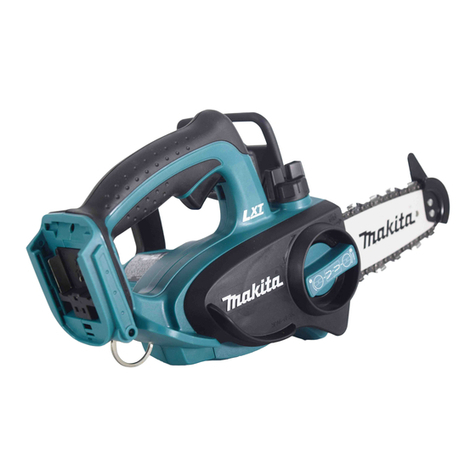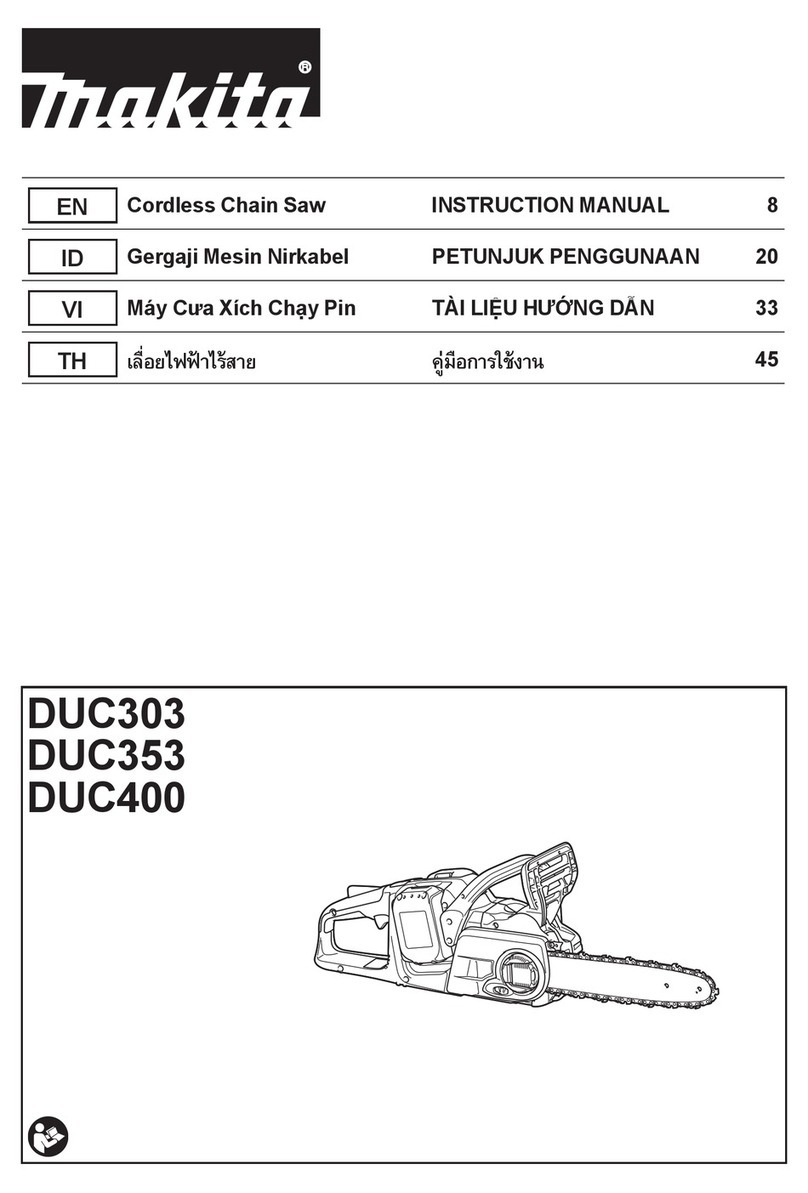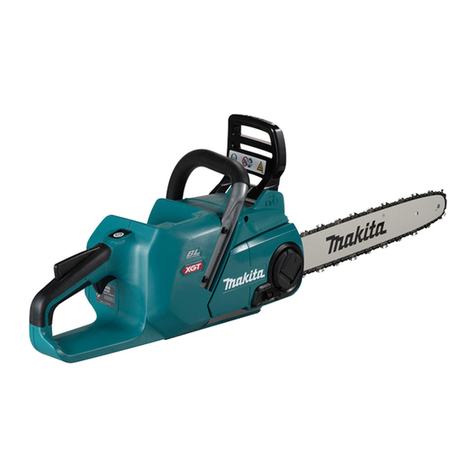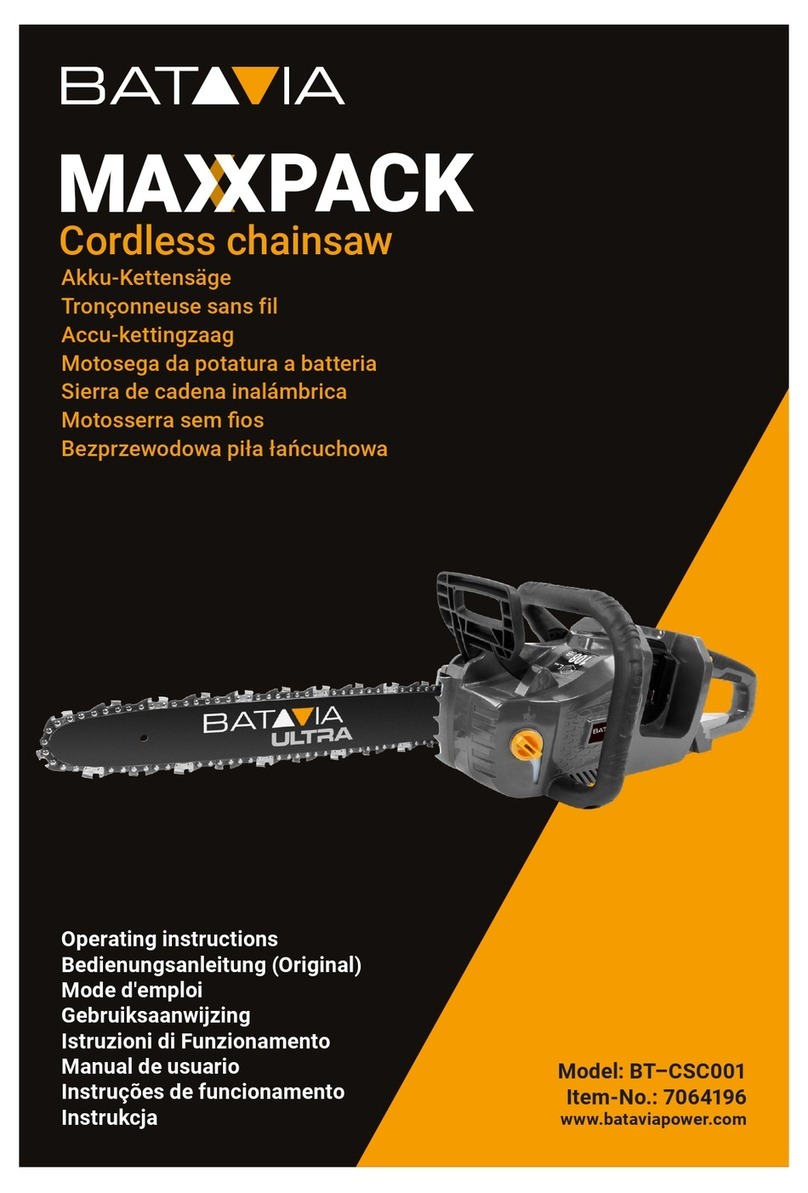Makita UC250D User manual
Other Makita Chainsaw manuals
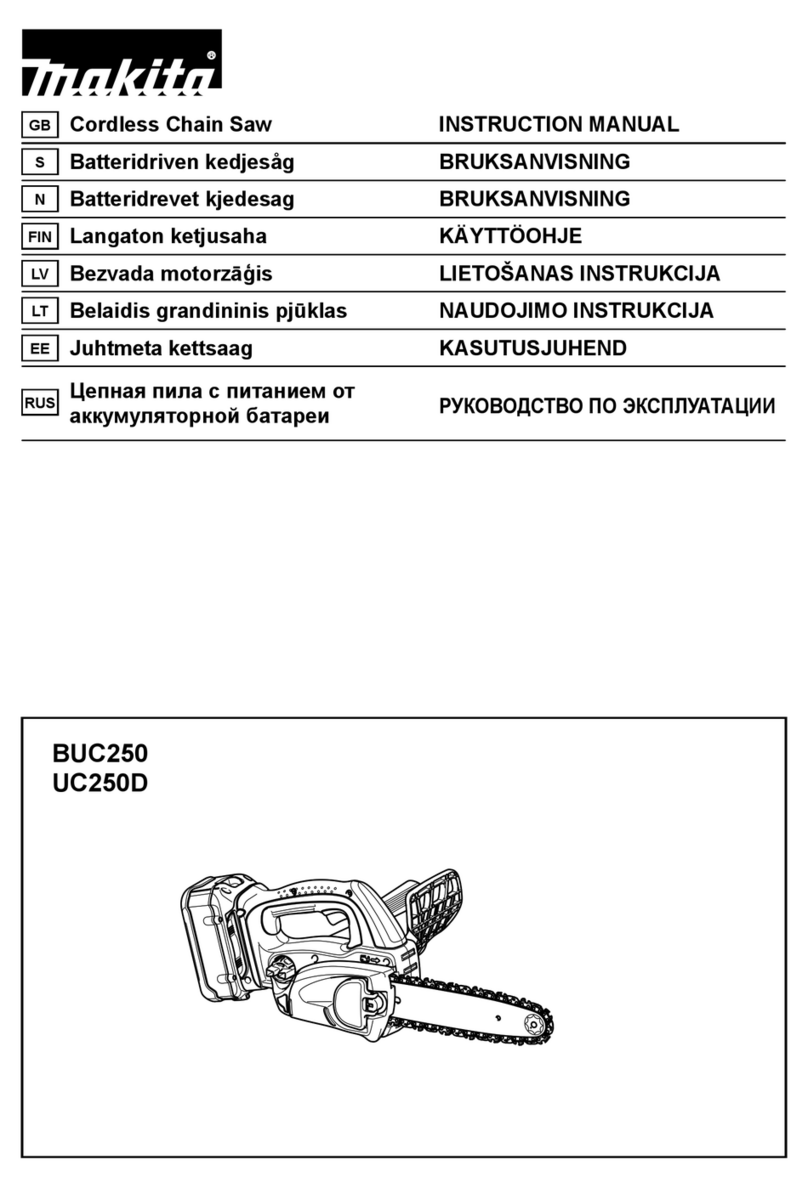
Makita
Makita BUC250 User manual
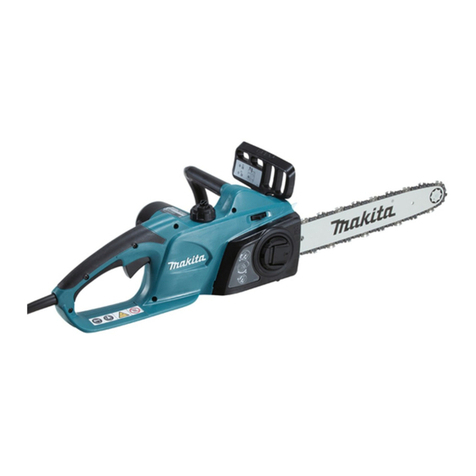
Makita
Makita UC3541A User manual

Makita
Makita UC014G User manual

Makita
Makita DUC406ZB User manual
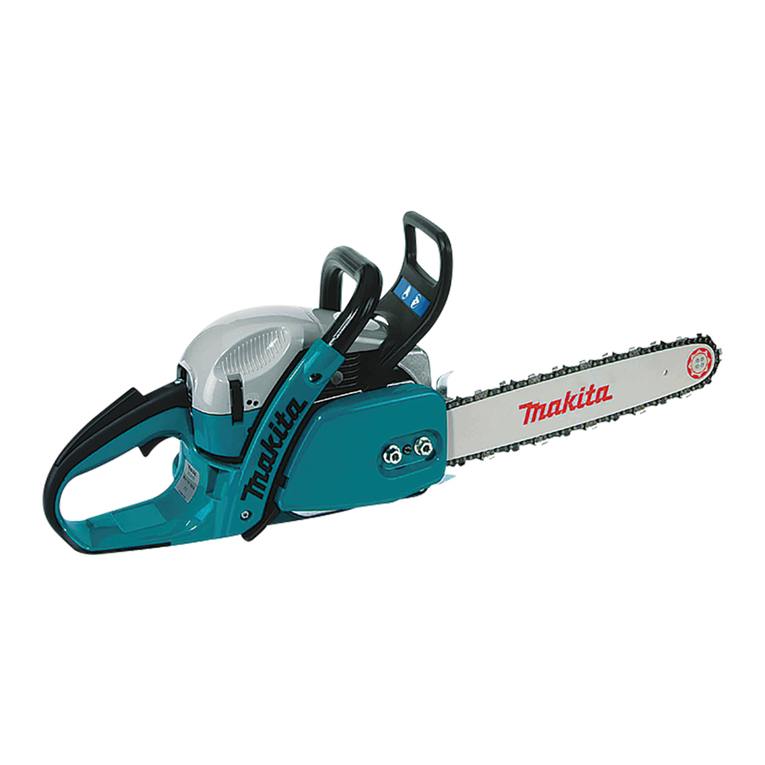
Makita
Makita DCS460 Instruction Manual

Makita
Makita BUC250 User manual
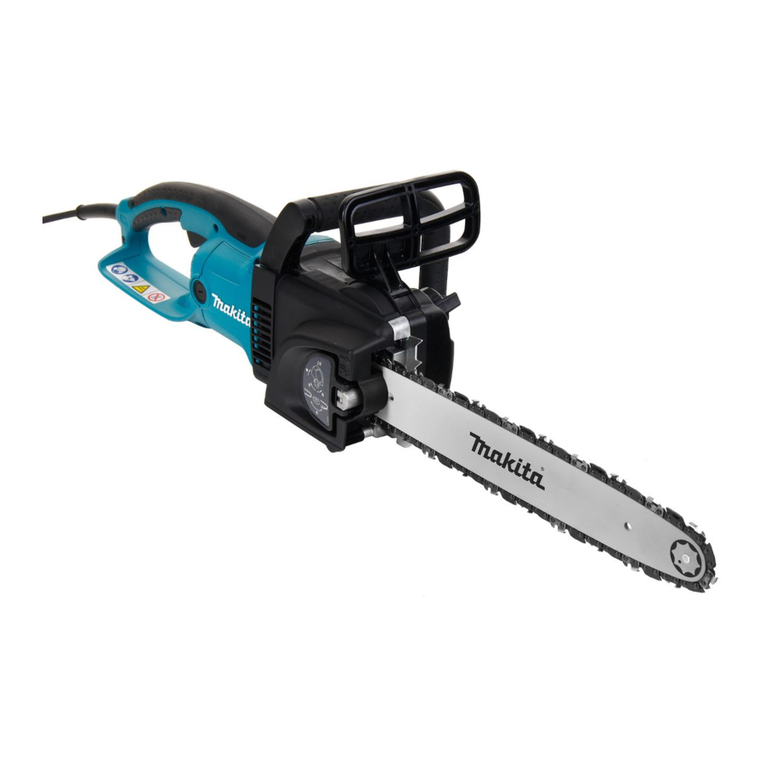
Makita
Makita UC3030A Instruction Manual

Makita
Makita UC 4001A User manual

Makita
Makita DUC306 User manual

Makita
Makita DUC400Z User manual

Makita
Makita DUC204 User manual

Makita
Makita DES 350 User manual
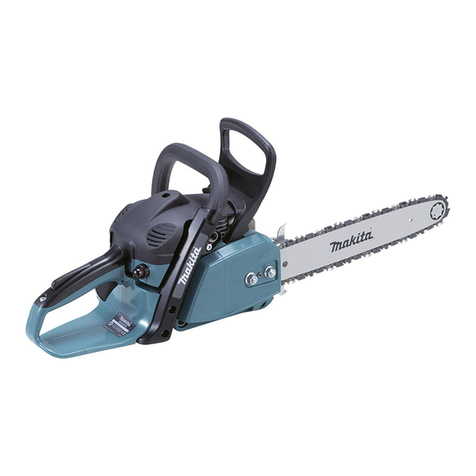
Makita
Makita EA3200S User manual
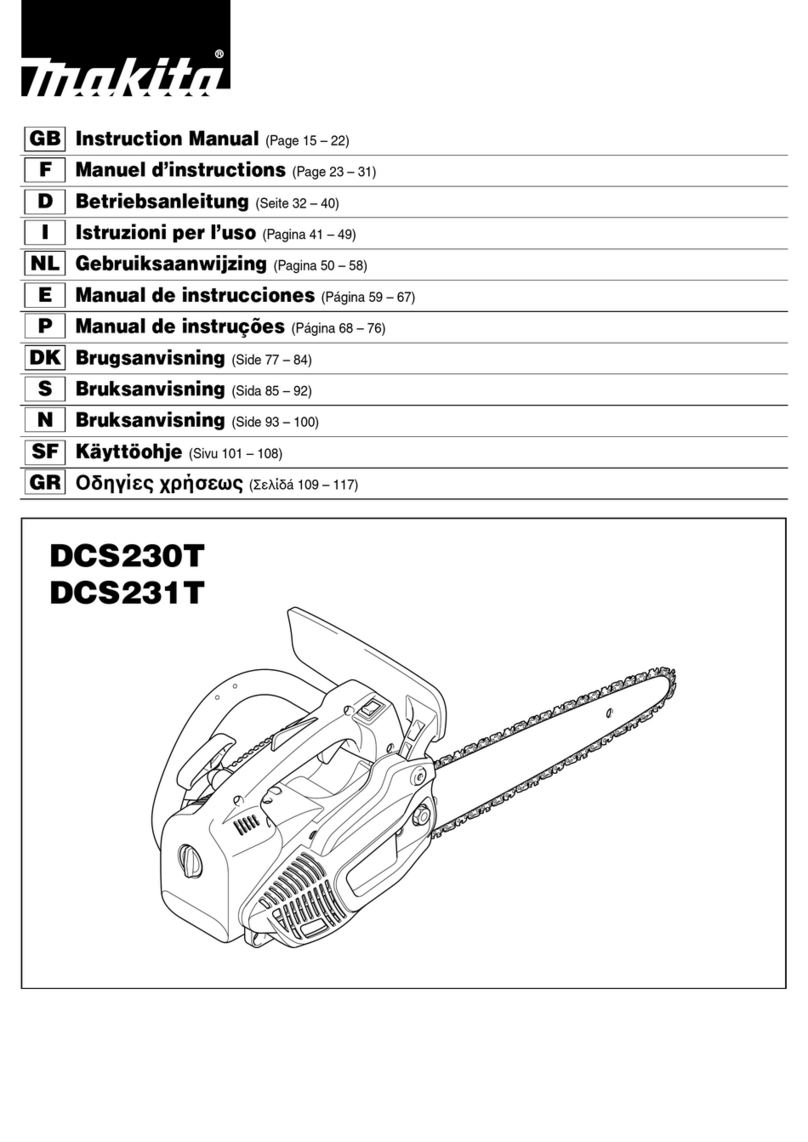
Makita
Makita DCS230T User manual

Makita
Makita UC3020A User manual
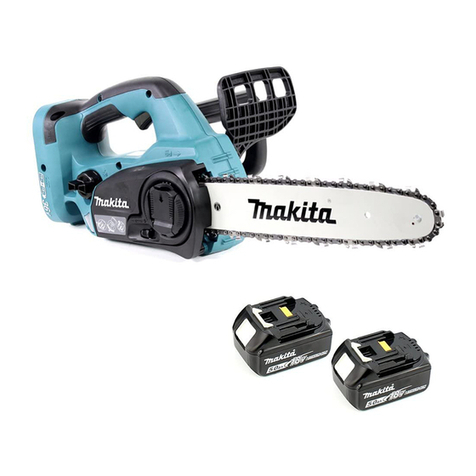
Makita
Makita DUC252 User manual
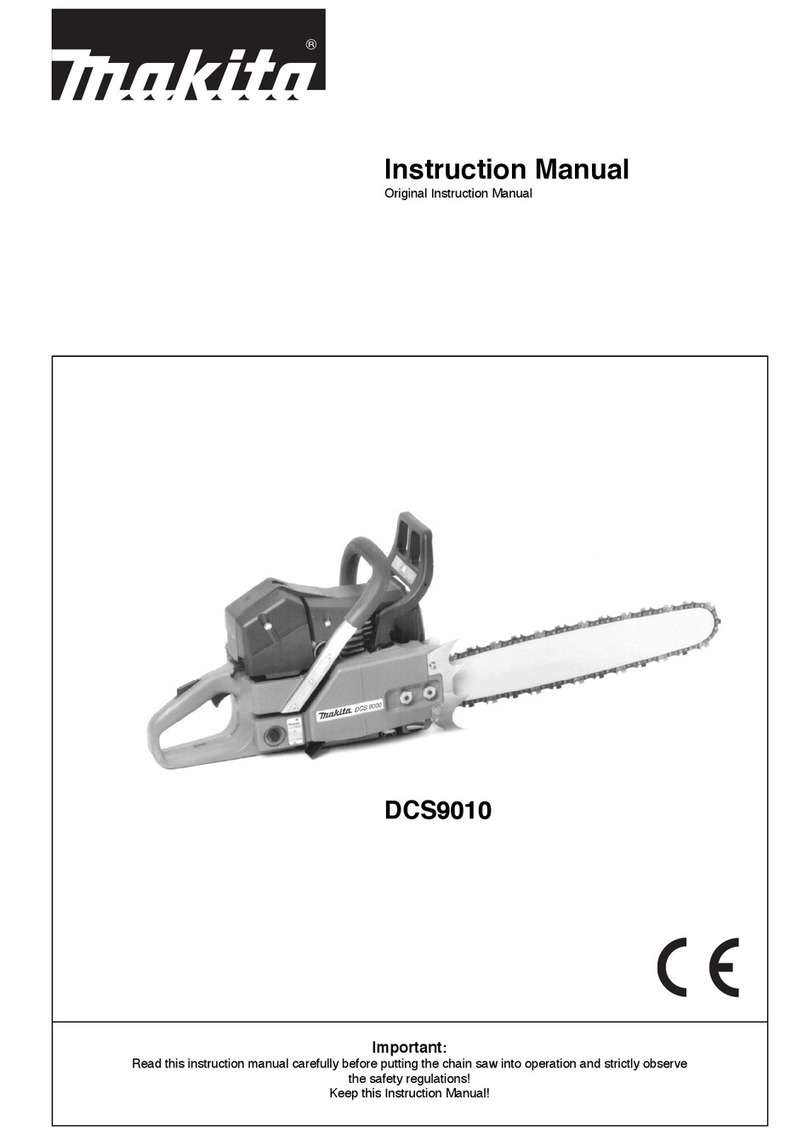
Makita
Makita DCS 9010 User manual
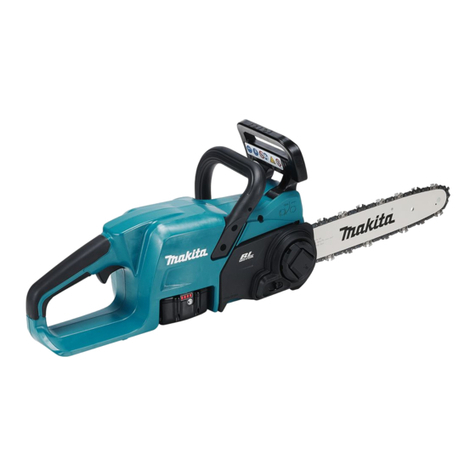
Makita
Makita DUC307 User manual
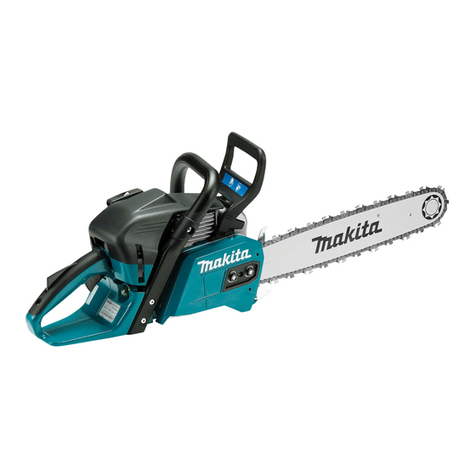
Makita
Makita EA5600F User manual
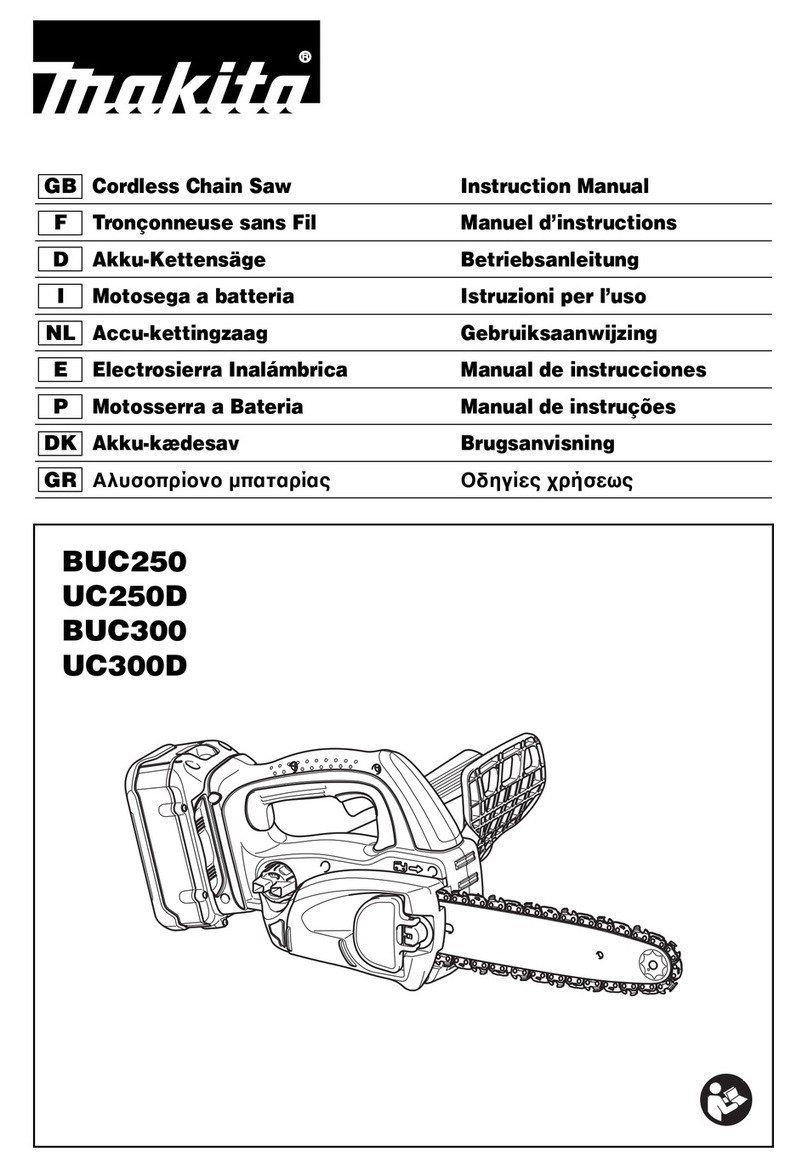
Makita
Makita BUC250 User manual

